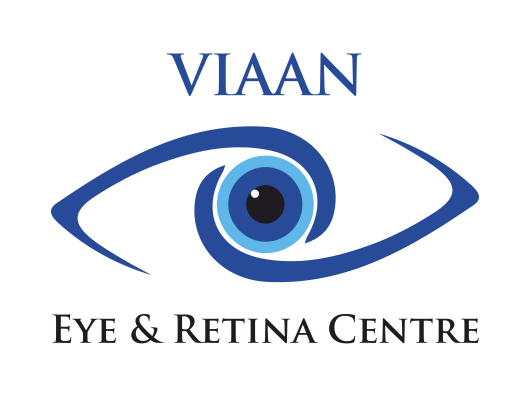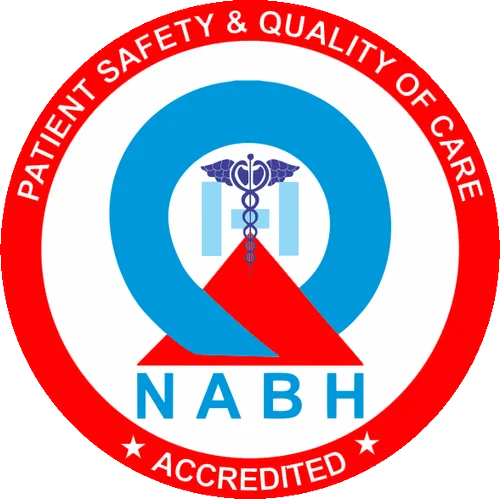Squint is a condition where both eyes do not look in the same direction. One eye may look straight while the other turns to the side. It can point inwards, outwards, upwards or downwards. This is also called strabismus. It can happen to children or adults. It may be there from birth or may appear later in life.
Many people feel worried when they see a squint. Some think it may stay forever. Others feel shy or face problems at work or school. When someone visits a doctor, the first thing they ask is about treatment. But when they hear the word ‘surgery’ they feel scared. So they begin to look for squint treatment without surgery.
Let us understand if non-surgical options really work and who can benefit from them.
What causes squint?
There are many reasons behind squint. It may happen due to weak eye muscles. Sometimes it is due to poor vision in one eye. In some cases, nerve problems or injuries can also cause squint. For some people, it runs in the family.
Whatever the cause, the problem needs attention. If not treated early, squint can lead to poor vision or lazy eye. It can also cause low self-confidence.
Is squint treatment without surgery possible?
Yes, in many cases it is. There are a few ways to treat squint without surgery. These options work better when the squint is mild or when found early. Not every case needs surgery. The goal is to make both eyes work together.
Let us look at the main types of squint treatment without surgery.
1. Corrective glasses
Many people have vision issues like farsightedness. If this is not corrected, it can lead to squint. When the person starts using the right glasses, the eye muscles do not have to work extra. This helps in relaxing the eyes. In some cases, the squint becomes less or even disappears with glasses.
This is a common method for children. But they must wear their glasses all the time. Regular check-ups are also needed. This method is safe and easy.
2. Eye patching
If one eye is weaker than the other, the brain starts ignoring the weak eye. This is called lazy eye or amblyopia. To fix this, doctors suggest patching the stronger eye. This makes the weaker one work harder.
This helps in training the brain to use both eyes equally. It is a common form of squint treatment without surgery in children. It needs patience and regular follow-up.
3. Eye exercises
Squint Eye Exercises help to improve the focus and coordination of the eyes. These are simple activities done at home or in a clinic. One such exercise is called pencil push-up. The person looks at a pencil as it moves closer to the nose. This helps the eyes learn to move together.
Computer-based exercises are also available now. These need to be done every day for a few months. They help in certain types of squint like convergence issues.
4. Prism glasses
These are special glasses that bend light before it enters the eyes. They help both eyes see one image instead of two. This reduces double vision and makes daily life easy.
These do not cure the squint fully but help manage it. This method of squint treatment without surgery is useful in adults. It is safe and non-invasive.
5. Botox injections
Botox is not just for wrinkles. It can be used in the eye muscles too. A small dose is injected into the tight eye muscle. This makes it relax. This allows the other muscle to pull the eye in the right direction.
This treatment does not require cuts or stitches. It works well in certain cases. The effect may wear off after some months, but it can be repeated if needed.
How to know which treatment is right?
Not all treatments work for everyone. A full eye check-up is a must. The doctor will test the eye power, eye movement and brain response. Age also matters. Children respond better to non-surgical options. In adults, results may vary.
Squint treatment without surgery is often the first step. If it works, surgery is not needed. If not, surgery may be suggested later. But non-surgical options are always worth trying first.
Can squint be fixed without surgery forever?
It depends. Some people see full correction with glasses and exercises. Others may get partial results. And some may need surgery in the end. But even if it is not fully fixed, these treatments improve vision and reduce eye strain.
Trying squint treatment without surgery early gives better results. It is safe, simple and helps avoid bigger problems later.
What are the benefits of non-surgical treatment?
- It is painless and safe
- No cuts, no stitches
- Good for children and first-time patients
- Improves vision and eye control
- Saves time and money compared to surgery
- Helps in building confidence
These benefits show that surgery is not the only way. There are options that work well for many people.
Final Thoughts
Squint can affect your eyes and your confidence. But there is no need to be scared. Squint treatment without surgery is possible and effective in many cases. Glasses, patching, exercises, prism lenses and Botox are all useful tools. With the right care and regular follow-ups, many people see real results.
If you are looking for expert advice, Viaan Eye and Retina Centre offers both non-surgical and surgical options. Our experienced team of the best retina specialist in Gurgaon will guide you with care and help you choose what is best for your eyes.



